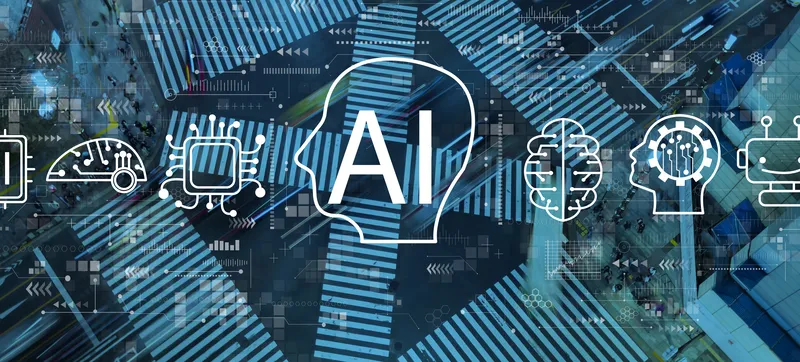According to the latest research study released by Technavio, the global smart communities market is expected to grow at a CAGR of over 18 per cent until 2020.
The report, Global Smart Communities Market 2016-2020, provides an in-depth analysis of market growth in terms of revenue and emerging market trends. This market research report also includes up to date analysis and forecasts for various market segments, including smart grids, smart community buildings, smart community transportation, and smart c
April 12, 2016
Read time: 2 mins
According to the latest research study released by Technavio, the global smart communities market is expected to grow at a CAGR of over 18 per cent until 2020.
The report, Global Smart Communities Market 2016-2020, provides an in-depth analysis of market growth in terms of revenue and emerging market trends. This market research report also includes up to date analysis and forecasts for various market segments, including smart grids, smart community buildings, smart community transportation, and smart community water.
“The use of smart sensor technologies is supporting advanced IT solutions, such as machine to machine (M2M) communications and analytics. Smart motion sensors capture information and relay a signal to intelligent systems in case any changes are detected in the activity of residents. The use of sensor technology to support smart projects, such as smart traffic, smart lighting, smart waste management, and smart grids, are also on the rise,” said Amit Sharma, one of Technavio’s lead analysts for IT professional services research.
“The use of sensor technology in IT solutions, such as IoT for infrastructure development, is also gaining traction. Sensor technologies, such as fibre optic sensors, are helping build smart waste management systems in many communities. Many similar initiatives are due to be launched over the upcoming four years,” added Amit.
The report, Global Smart Communities Market 2016-2020, provides an in-depth analysis of market growth in terms of revenue and emerging market trends. This market research report also includes up to date analysis and forecasts for various market segments, including smart grids, smart community buildings, smart community transportation, and smart community water.
“The use of smart sensor technologies is supporting advanced IT solutions, such as machine to machine (M2M) communications and analytics. Smart motion sensors capture information and relay a signal to intelligent systems in case any changes are detected in the activity of residents. The use of sensor technology to support smart projects, such as smart traffic, smart lighting, smart waste management, and smart grids, are also on the rise,” said Amit Sharma, one of Technavio’s lead analysts for IT professional services research.
“The use of sensor technology in IT solutions, such as IoT for infrastructure development, is also gaining traction. Sensor technologies, such as fibre optic sensors, are helping build smart waste management systems in many communities. Many similar initiatives are due to be launched over the upcoming four years,” added Amit.









